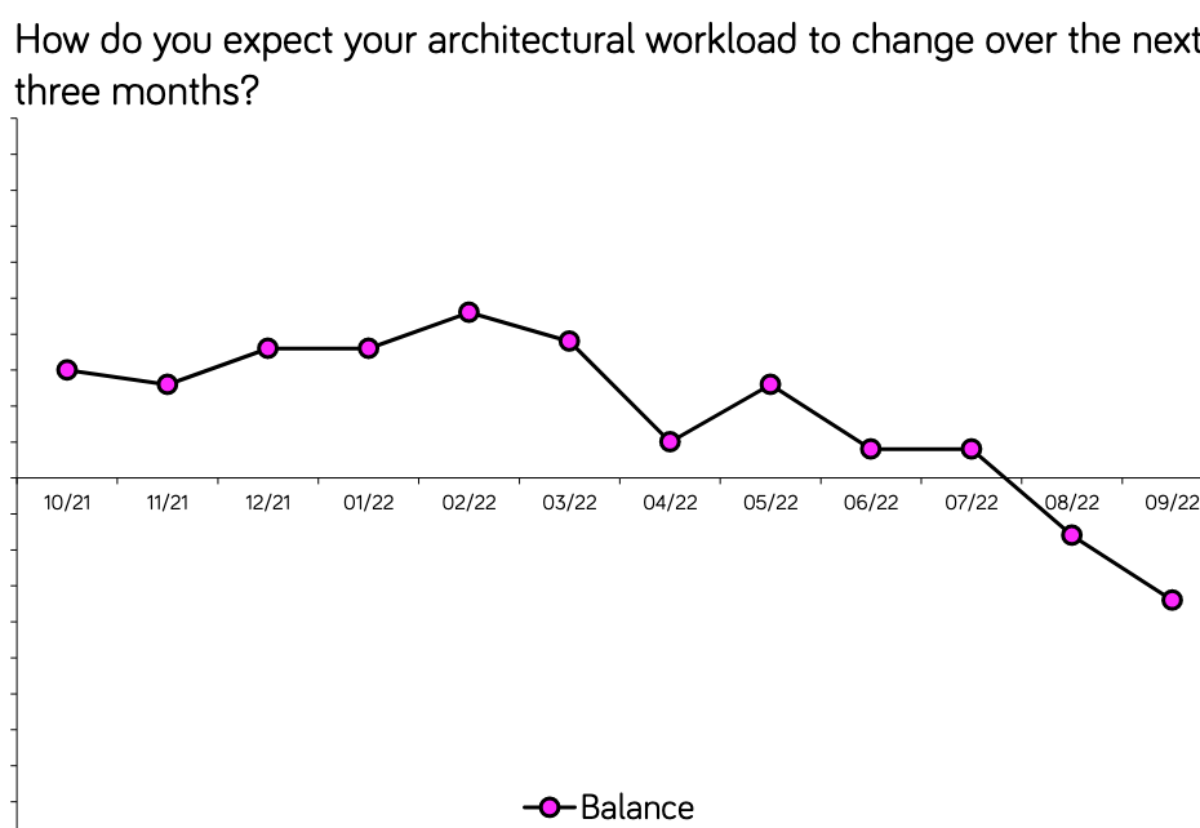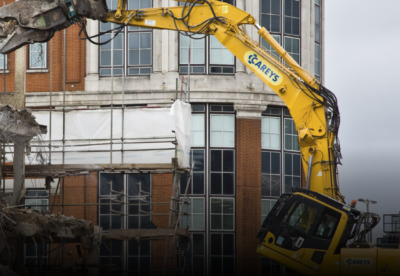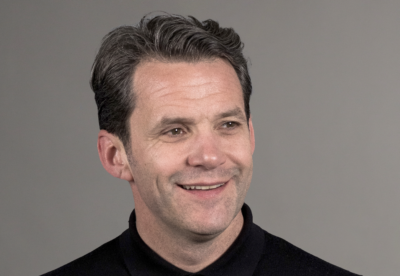In September the RIBA Future Trends Workload Index fell by 9 points to a balance figure of -17 which is the the lowest score, outside of lockdown since the recession 0f 2009.
In the next three months, 16% of practices said they expect workloads to increase, 32% expect them to decrease and 52% expect them to remain the same.
All the monitored work sectors have posted a negative balance, and three have shown a further deterioration in confidence since August.
The private housing sector has fallen to a balance figure of -17, down from –9. This is a fall of 37 points in the year from January, and a 59 point fall compared to the all-time peak of +42 in May 2021.
The commercial sector fell a further 5 points in September, returning a figure of -7, down from -2. There has been a slight increase in optimism in the public sector this month, with a balance figure of -8, compared to -9 in August. The outlook for the community sector remains negative, with a balance score of -7 this month, compared to -6 in August.
RIBA Head of Economic Research and Analysis, Adrian Malleson, said: “This month’s findings are stark – aside from lockdown, architects are now more pessimistic about future workloads than at any time since the financial crisis of 2009.
“We see pessimism across all regions and sectors. Of note, in the capital, nearly a quarter of practices expect workloads to contract in the coming three months. And looking at the private housing sector which had seen a post-Covid boom, confidence has fallen rapidly.
“Brexit, inflation, rising interest rates, post-Covid recovery, the war in Ukraine, and crumbling market confidence in UK fiscal policy all continue to weigh down on the UK economy and the construction sector.
“We can likely expect a contraction in architects’ workloads in the coming months, and into next year. A return to growth depends in part on the UK’s response to the energy crisis, on whether we begin in earnest to create a design-led, sustainable built environment.
“We will continue to report these findings to the Government and work with other built environment bodies to monitor ongoing trends.”








































 (300 x 250 px).jpg)











.gif)


